Why can't the washing machine be connected via an extension cord?
Faced with the problem of connecting a washing machine in a new apartment, I learned interesting information about carriers, wiring features and RCD (residual current device). Many of us don’t think about it, but the instructions for washing units state: “cannot be plugged into extension cords.” Why is that?
The content of the article
Safety precautions
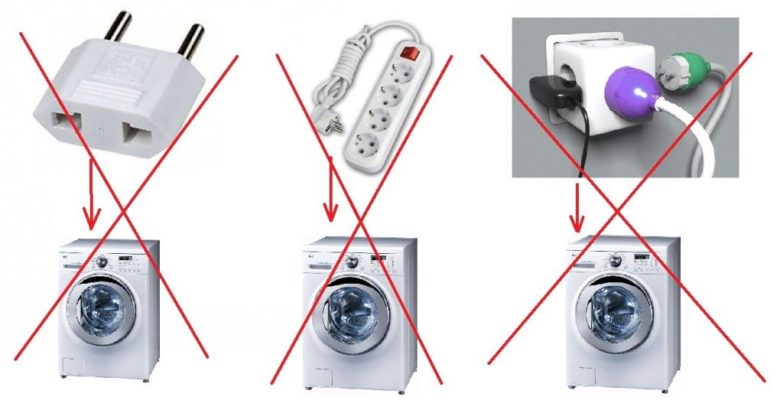
In modern new buildings, developers are starting to make normal moisture-resistant sockets in the bathroom, facilitating further work on installing washing machines. But in most houses, the sockets are located somewhere in the corridor or room, and the cord of the machine is short, on average a meter and a half, no more. What to do? Resourceful people simply go to any hardware or electrical store and buy the first extension cord they like. It turns out that doing this is strictly prohibited! That's why:
- Often the carriers lie on the threshold, next to a working appliance or in the corridor. Such a neglectful attitude leads to unpleasant consequences: you can touch them with wet hands or bare feet and end up getting an electric shock.
- The cord under the door begins to fray and bend, losing its elastic and protective properties. Consequence? That's right, electric shock.
- Out of habit, we plug other devices into the extension cord, overloading the network. The carrier starts to heat up, and an automatic shutdown may work, which is also not good for the equipment! An emergency shutdown can cause the program to crash, and we will need a wizard.
- The constant use of different forks, which do not always match the diameter of the pins, leads to wearing out of the carrier, and a washing machine is a powerful piece of equipment; it needs ideal operating conditions and constant current.
Our heart works from electrical impulses, which is why it is so afraid of electric shock. Even slight tension causes a malfunction of the heart muscles! Sometimes it’s better to be safe than to put your life and health at risk!
Technical requirements for direct current, grounding and power lead us to the fact that we still need a separate channel with special protection from moisture.
What does connection actually look like in modern realities?
Considering the complexity of work in the bathroom, our people have come up with several ways to circumvent the ban.

- Buy a personal extension cord for only one device. In fact, another socket is also a kind of carrier, but laid in the wall according to all the rules of science.
- Carrying must be of high quality and grounded! Some people make their own, while others buy them in a store. For example, the Pilot company has proven itself well. Its carriers are equipped with protection; in the event of a power outage or overheating, the device will turn off and prevent expensive equipment from burning out.
- Extend the cord to the required length. But here pitfalls emerge in the form of constant exposure of the door to the wire. It will gradually wear out and there will be a risk of short circuit, electric shock or fire.
The best way is to conduct grounded wiring from the panel directly to the bathroom and not worry!
The whole truth about the residual current device
An RCD is a system for emergency blocking of electricity in a circuit built into the carrying case. When an overload occurs for various reasons, the opening and de-energizing mechanism is triggered. The device is ideal for use as a construction tool, but according to the rules it is contraindicated for a washing machine. She is a big energy consumer!
Ideally, the machine should be supplied with a high-quality cable of suitable cross-section! The power peak occurs during the spin cycle; it is at this moment that incorrect wiring causes heating and overload.
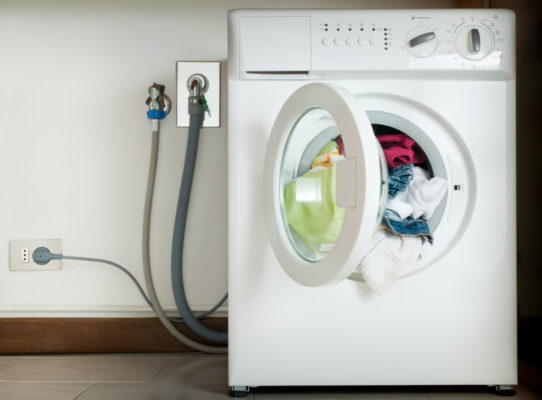
In the event of any failure in the network, the RCD will operate and prevent the equipment from permanently breaking down. But there are several reasons why you shouldn’t take the risk:
- Sometimes a current breaks through the body of the equipment. If you touch it at this moment, the RCD will work with a delay, and the person will already need emergency medical care.
- Overloading will ignite weak wiring and sockets. Protection prevents fire only half of the time...
- A sudden change in the electrical circuit can completely burn out the filter and even the control board in a split second. The RCD may not have time to react!
Yes, no one denies the usefulness of automatic protection. It should not be ignored, it is she who saves expensive devices from power surges, but constantly relying on it and connecting powerful units is dangerous.
Once again we come to the conclusion that it is not worth the risk of relying on portable sockets. It is no coincidence that the manufacturers wrote in the instructions about the ban! You can't ignore the rules. Just call an experienced technician, buy a good cable and a high-quality socket with water protection, and then wash your clothes in complete safety.
You can make a cut under the door for the extension cord, then paint it in the desired color and then the extension cord will not rub. The extension cord must have a maximum load of 16 A and 3.5 W
1. We have already said about the power peak. It is heating that is the peak!
2. “a washing machine is a powerful piece of equipment; it needs ideal operating conditions and constant current.” Are you sure your car is powered by DC power? All residential buildings have AC power!
Exactly at 16 A and 3.5 W? or maybe still 3.5 kW. I haven’t seen any power ratings on the extension cords either.
maybe it’s not indicated here - but all the parameters are on all extension cords
SO IT'S BEST TO WASH THE OLD fashioned way ON A WASHBOARD AND RINSE ON THE STREAM I REMEMBER HOW IT WAS.
There is a permissible current, but I haven’t seen the power.
Power can be easily calculated by multiplying the permissible current by the network voltage.
certainly, but not everyone knows how to do it. How did you get 3.5 W?
P watt = I Ampere x U volt
3520 watts (3.5 kW) = 16 A x 220 V
Such power without overheating of 2 wires for a PVS cable 2 (number of wires) x 1.5 mm² (wire cross-section)
All appliances in the kitchen. Hob from the machine with a separate 6mm2 cable. Power supply of other equipment from 2 Legrand sockets with a separate 4mm2 cable. from a separate differential automatic transmission. 2 Legrand extension cords with 3 sockets are constantly connected to the sockets. One powers the dishwasher, washing machine, and oven. I only turn on one at a time. The other is connected to a kettle and microwave. The Legrand extension cord is of quality, reliability and has a good button with a blue backlight and is really designed for a load of 16A compared to white ones with a red button.
set of nonsense
I completely agree, complete nonsense of an illiterate person
Since when did washing machines run on DC?
Extension cord Legrand - GoNo. VeKa extension cord with a permissible current of 25A - that’s the topic 🙂 And 6 sockets instead of three. Inside there are two blocks of three sockets, insulated on all sides and inserted with fastening into a common white housing :) And the illuminated red switch there is also for real 25A, not 16A.
You need to start with the fact that it is better not to take a ready-made extension cord at all, but to make it yourself, choosing components with a visual determination of quality (you should not take sockets in which the wire is clamped in the terminal with a bolt and not a plate) and the extension cord MUST be assembled with a grounding wire. For a long time now, all my extension cords are homemade with a PVS 3x1.5 wire and a 16A plug and socket block (usually this is the indicator that is written on the connectors and not the power)
Regarding connecting a washing machine in the bathroom, the socket should be installed away from water, and have the appropriate IP. But what should you do if the bathroom renovation has already been done? chisel tiles? ditch the walls for a separate wire? Not advisable! in such cases, it is better to carefully drill a through hole in the upper part of the wall (just before doing this, find out how to drill tiles) in the area where the distributor is located on the outside. box and connect a waterproof socket to it (there is no tile on the outside, and cosmetic repairs will cost pennies), and in the machine itself replace the wire of sufficient length to the socket. In addition, the socket under the ceiling will be very difficult to get wet, which will add safety. A washing machine, as a rule, is installed for a long time, so it is not advisable to connect it through an extension cord, but it is better to think about and provide it with a stationary power supply at minimal cost.
The author has no idea what an RCD is. The RCD is placed in the electrical panel, and it does NOT trigger due to overloads and short circuits, the RCD triggers for LEAKAGE CURRENT and serves precisely to save a person if a phase appears on the body of the electrical device, the response time is approximately 0.3 seconds. so the author, if you don’t understand electricity, it’s better not to write nonsense and don’t mislead people.
The most dangerous “experts”, those who know only half the question, would be better off not knowing anything and not writing such articles.
All bullshit... What kind of current does the machine need, constant? Who forces people to throw wires under the door? What does the current do, break through the housing? And what does it look like, like, such a ray or an invisible fist))? Funny. Then ON the body, i.e. it turns out to be under tension if there is no “ground”.
Zero, phase, protected. All attention to Europe. During the union, they had no idea what grounding was. Anyone who would drown from the phase will not die. If you have seen enough videos about EURO STANDARDS, then show me about all sorts of extension cords in Europe.
Igor, you still need to add a 3.5 kW isolation transformer for complete happiness!


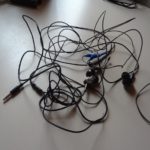
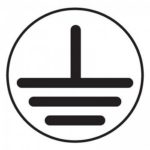
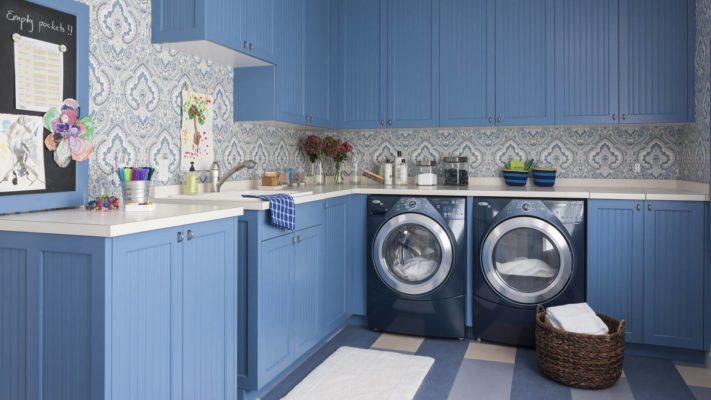
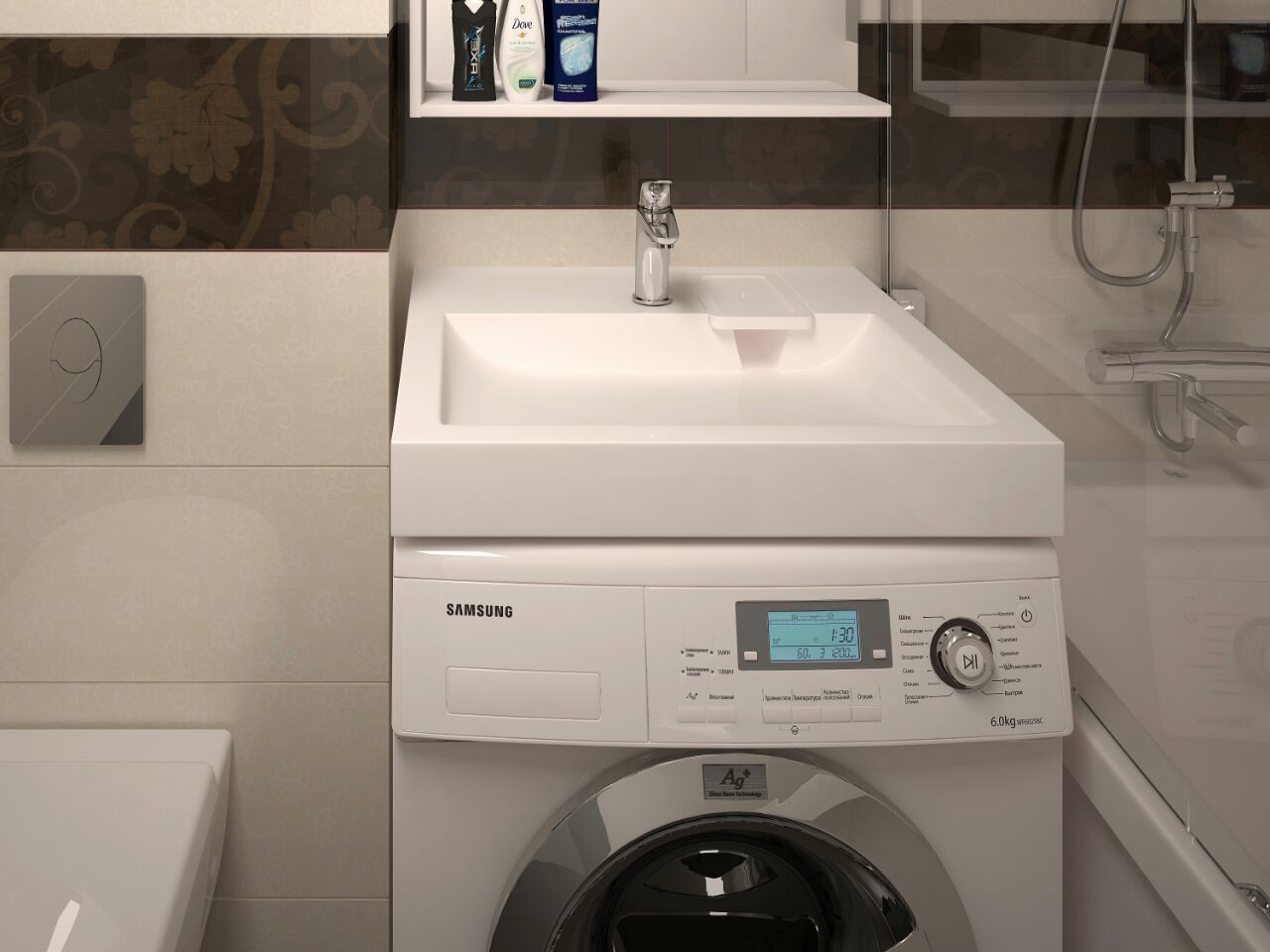
As for the RCD, it’s complete garbage:
Firstly, not every extension cord has an RCD; extension cords have a surge protector, or its imitation, and this is a completely different device.
Secondly, the RCD is intended solely for protection against electric shock. An RCD will not save you from overload or overvoltage.
Thirdly, if there is a current leak on the machine body, if it is grounded, the RCD will trip immediately. If it is not grounded, then the RCD will work as soon as a person closes the body to the ground, that is, upon touching. Therefore, it is better to extend a separate line to the washing machine with its own RCD with a setting current of 10 mA rather than 30 mA.
Well, and so on to the little things: the peak power of a washing machine is not for spinning (100-300 W), but for heating water (1500-2000 W).